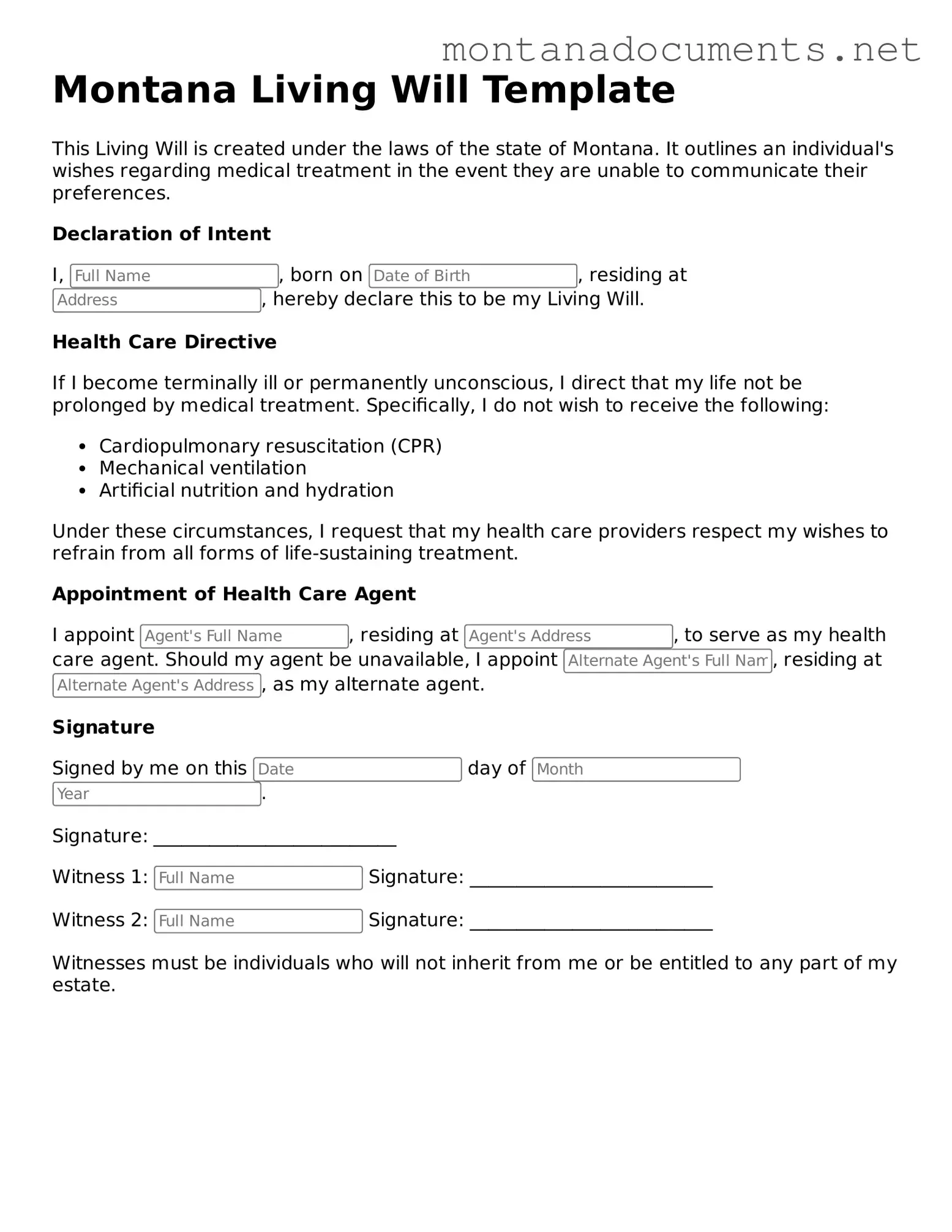A durable power of attorney for health care is a document that allows individuals to appoint someone to make medical decisions on their behalf if they become unable to do so. Like a living will, it focuses on health care preferences but goes a step further by allowing the designated person to make decisions in real-time, based on the individual's wishes. This document ensures that someone the individual trusts can advocate for their health care needs when they cannot speak for themselves.
A health care proxy is similar to a durable power of attorney but is specifically focused on medical decisions. It designates a person to make health care choices, reflecting the individual's values and wishes. While a living will outlines specific wishes regarding end-of-life care, a health care proxy allows for more flexibility in decision-making, adapting to situations as they arise.
An advance directive combines elements of both a living will and a durable power of attorney for health care. It provides guidance on medical treatment preferences and designates a person to make decisions. This document serves as a comprehensive plan for future health care, ensuring that an individual's choices are honored and that their appointed agent can act on their behalf.
A do-not-resuscitate (DNR) order is a specific type of advance directive that instructs medical personnel not to perform CPR if an individual stops breathing or their heart stops. This document is particularly focused on end-of-life care and reflects a person's wishes regarding resuscitation efforts. While a living will may cover broader health care preferences, a DNR is a clear directive for a specific medical scenario.
A mental health advance directive allows individuals to express their preferences for mental health treatment in case they become unable to make decisions during a crisis. Like a living will, it provides guidance on treatment choices, but it focuses specifically on mental health issues. This document ensures that an individual’s wishes regarding their mental health care are respected, even when they cannot communicate them.
A health care decision-making agreement is a less formal document that outlines how decisions will be made regarding an individual's health care. While it does not have the legal weight of a living will or durable power of attorney, it serves as a guide for family members and health care providers. This agreement can help prevent conflicts and ensure that everyone is on the same page about the individual's wishes.
A letter of instruction is an informal document that provides guidance to family members and health care providers about an individual's preferences for care. While it lacks the legal standing of a living will, it can still be a valuable tool in communicating wishes. This letter can complement a living will by offering additional context about the individual's values and preferences.
The California ATV Bill of Sale form serves as an official document that records the sale and purchase of an All-Terrain Vehicle (ATV) within the state of California. It provides a written account of the transaction's details, ensuring that both buyer and seller agree on the terms and the transfer of ownership. For more information, you can visit toptemplates.info/bill-of-sale/atv-bill-of-sale/california-atv-bill-of-sale. This document is fundamental for legal and administrative purposes, safeguarding the rights of all parties involved.
Finally, a posthumous directive outlines an individual's wishes for their remains and funeral arrangements after death. While it does not directly address medical treatment, it shares the same goal of ensuring that a person's preferences are honored. This document can provide peace of mind to individuals, knowing that their wishes regarding their final arrangements will be respected.
